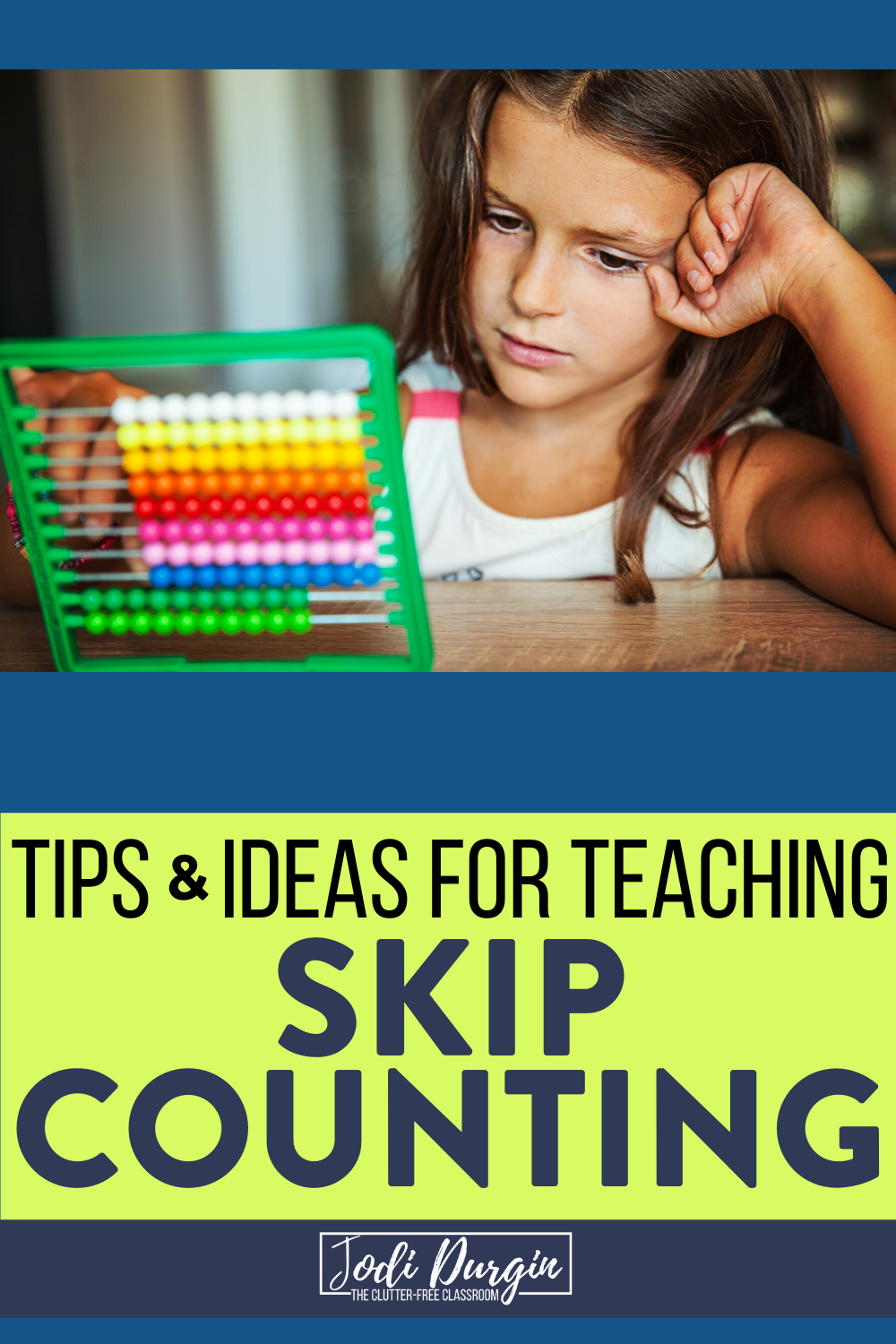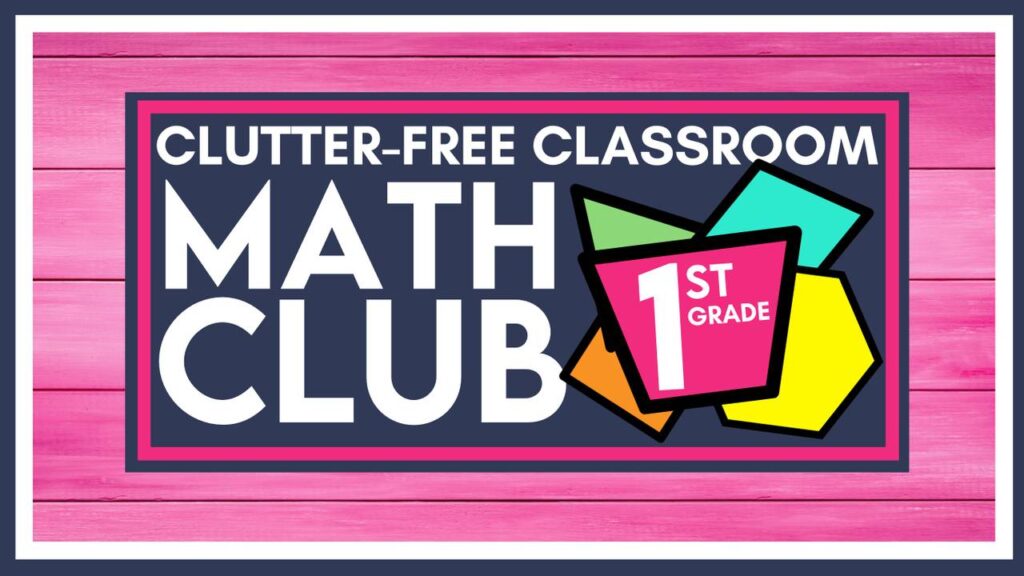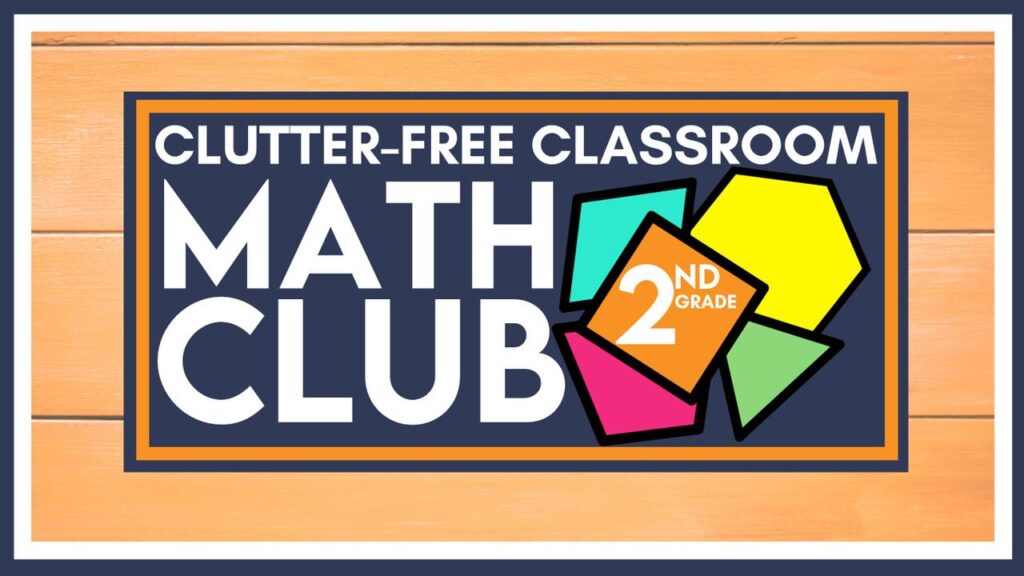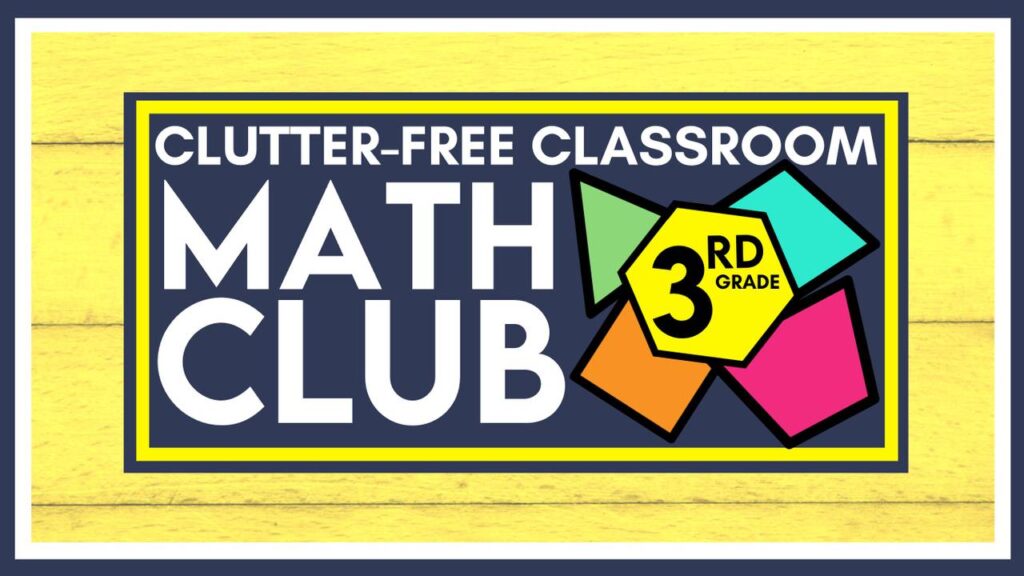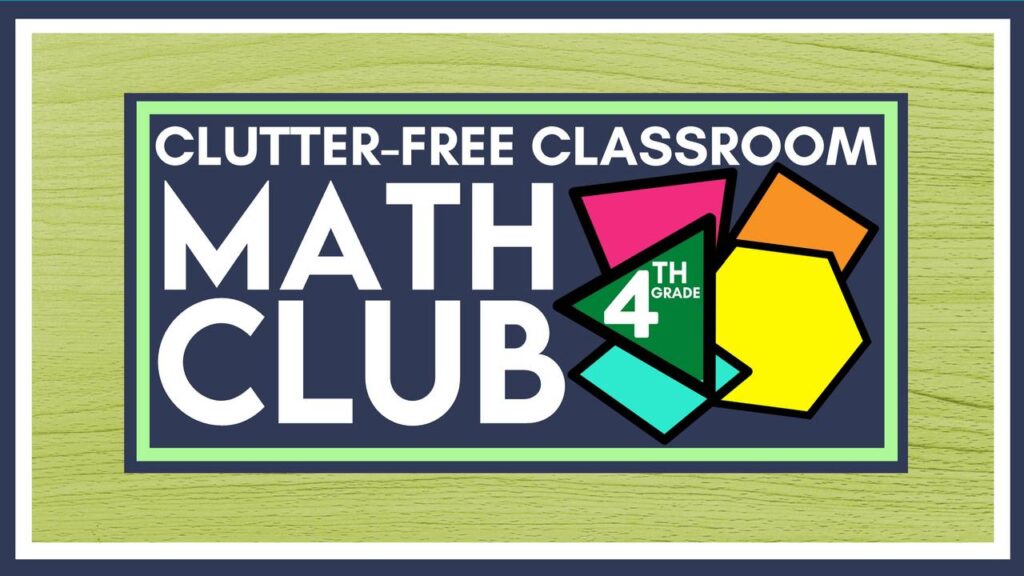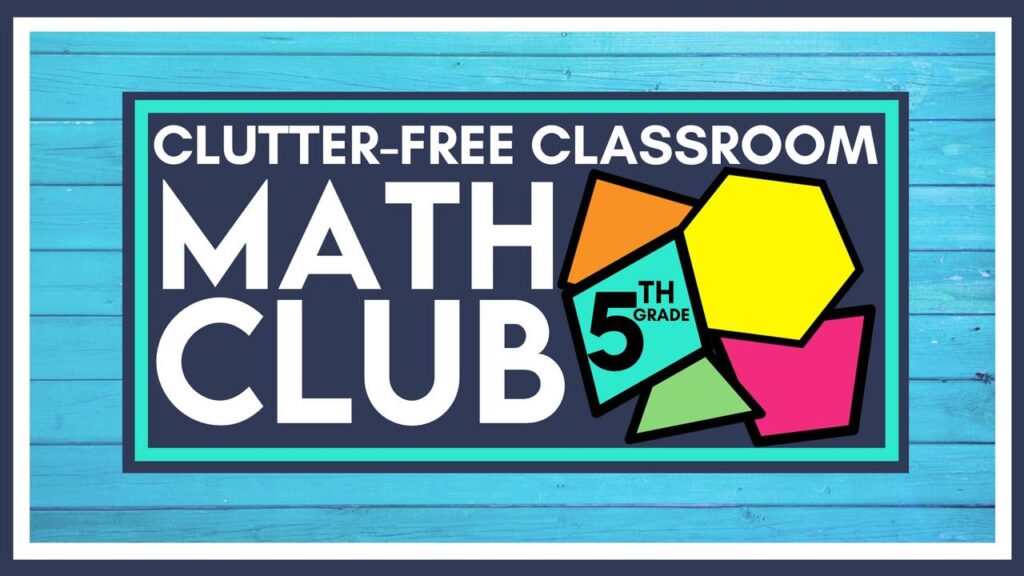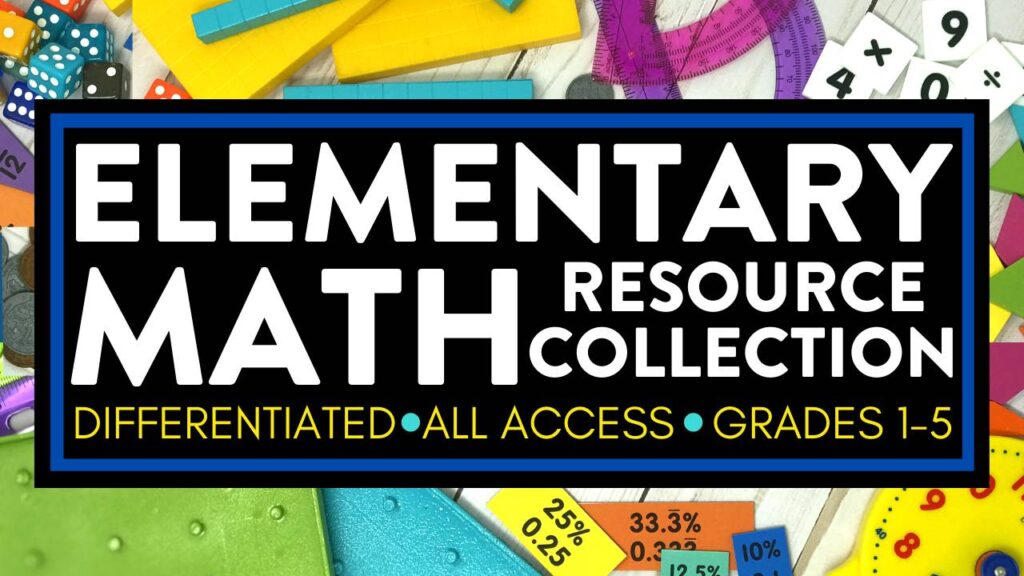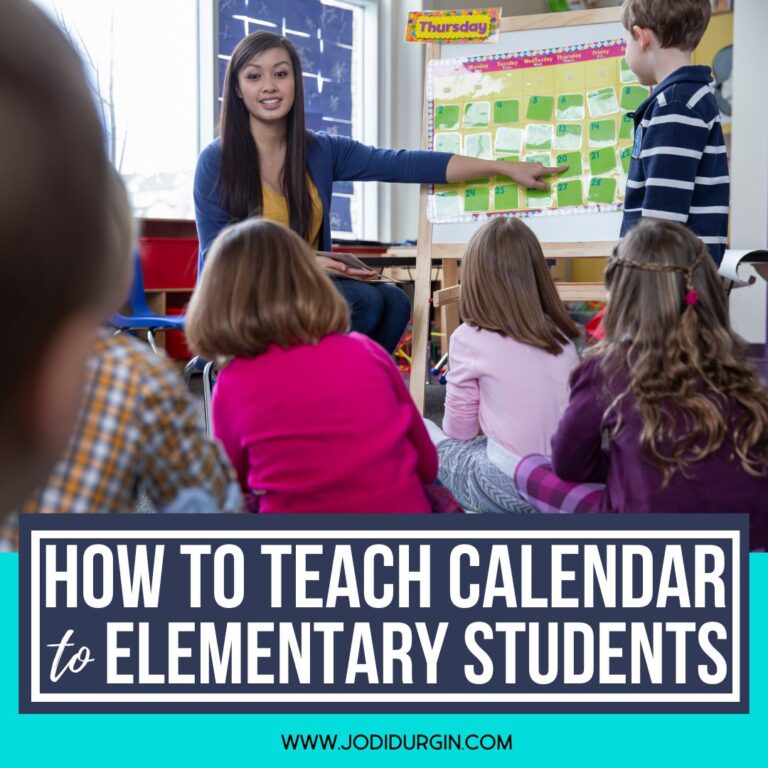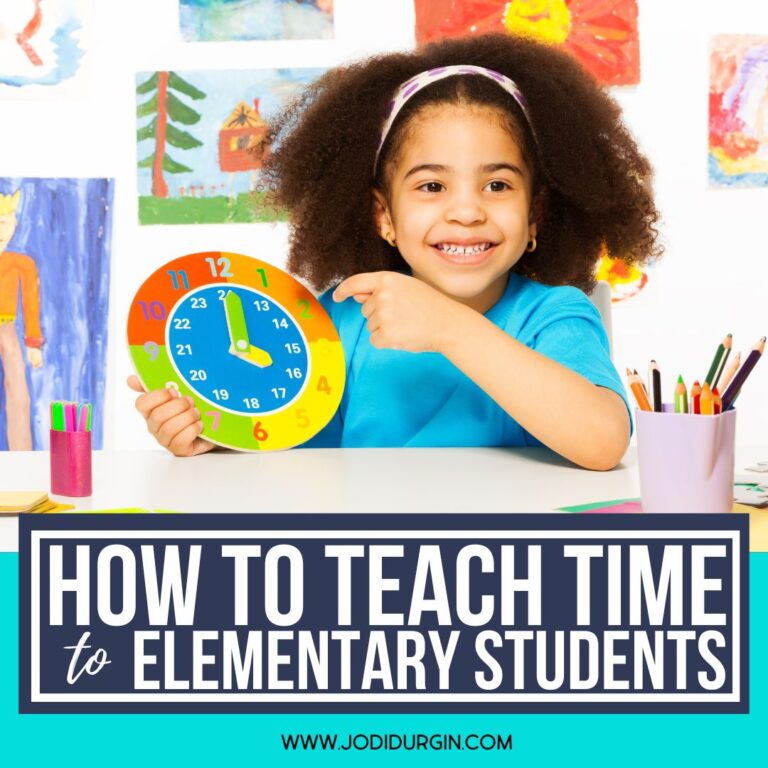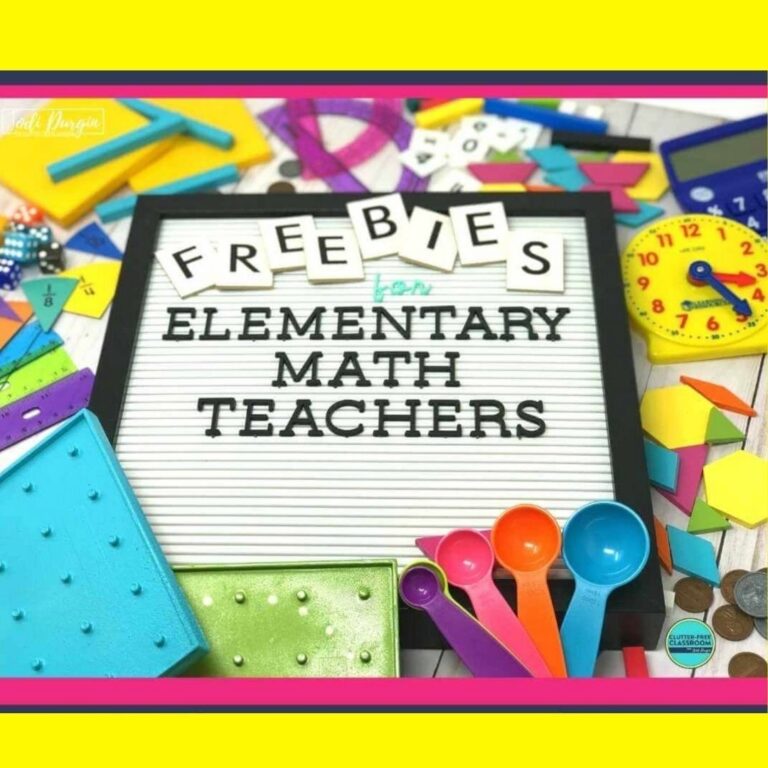If you are an elementary teacher looking for tips and ideas for how to teach counting and skip counting, then you found the right place! Learn what counting and skip counting is, why it’s important, what your students need to know, and get 5 helpful tips for teaching it in a fun and engaging way. Read all about teaching counting and skip counting below!
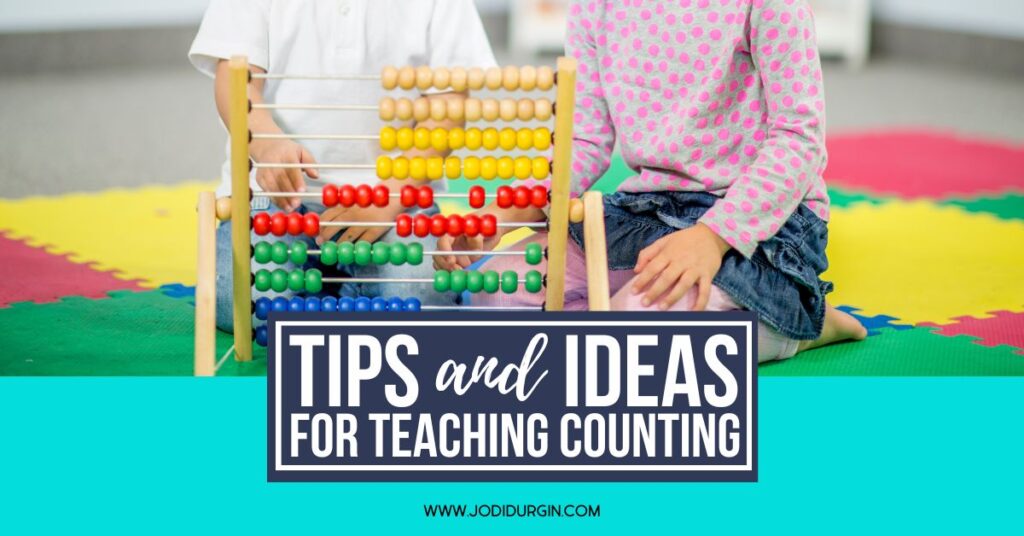
What is Counting and Skip Counting?
Counting and skip counting are ways to determine the total number of objects in a group. When counting, a person says numbers in sequential order. Skip counting is counting by numbers other than 1. Counting and skip counting do not have to start at zero and can be done forwards or backwards.
Why is Counting and Skip Counting Important?
It is important for students to learn counting and skip counting because they are important foundational mathematical concepts. Counting and skip counting help children develop calculation fluency and number sense. In addition, skip counting is a strategy students can use to count large groups of objects more efficiently and to learn their multiplication and division facts.
What Counting and Skip Counting Skills Do Students Need to Know?
Below are the Common Core and TEKs standards that relate to counting and skip counting that define what students should be able to do by the end of the school year.
Common Core Standards
Below are the CCSS standards related to how to teach counting and skip counting.
2nd Grade
- Count within 1000; skip-count by 5s, 10s, and 100s. (2.NBT.A.2)
TEKS
Below are the TEKS standards related to how to teach counting and skip counting.
1st Grade
- Skip count by twos, fives, and tens to determine the total number of objects up to 120 in a set; (1.5.B)
5 Tips for How to Teach Counting and Skip Counting
Below are 5 helpful tips for teaching counting and skip counting to elementary students.
1. Read Aloud Picture Books that Teach Counting and Skip Counting
Reading aloud picture books is a great way to integrate literacy into your math block and present information in a different way. Our favorite picture books for teaching counting and skip counting are Reese’s Pieces Count by Tens by Jerry Pallotta, Arctic Fives Arrive by Elinor Pinczes and How Many Feet in the Bed? by Diane Johnston Hamm. Check out the full list of math picture books we recommend!
2. Offer Hands On Learning Experiences
Hands-on math experiences help students make connections, remember their learning, and develop a deep conceptual understanding of the content. You can make any lesson interactive and engaging by offering math manipulatives. Our favorite math manipulatives for teaching counting and skip counting are dinosaur counters, bear counters, bug counters, linking cubes, unifix cubes and number tiles.
3. Explicitly Teach Related Math Vocabulary
Teaching math vocabulary is essential for all students. It is especially beneficial for students who speak English as a second language and students with learning differences. Key vocabulary terms for counting and skip counting are count, skip-count, fives, tens, hundreds, digit, place value, sum, skipping, add, total, mental addition, mental subtraction and twos.
4. Give Students Opportunities to Apply Counting and Skip Counting to the Real World
Learning becomes more meaningful when students understand how it connects to the real world. Students are more engaged and invested in their learning. Some examples of ways we use counting and skip counting in the real world are when counting money, telling time or during the scoring of sports games. Project based learning and word problems are examples of opportunities for students to apply their learning to real world situations.
5. Encourage Parent Involvement
Parent participation in math is essential because it impacts students’ attitude toward math, proficiency levels this school year, and future success in their math education. Be sure to keep communication open with families and share ways they can support their children in their math learning. Some examples of ways they can practice counting and skip counting at home are when preparing to set the table for dinner, when baking or when going exit numbers while traveling.
In closing, we hope you found this information about how to teach counting and skip counting helpful!
